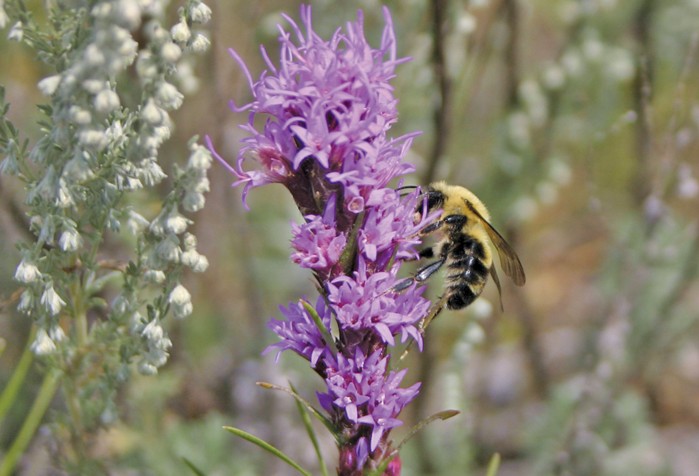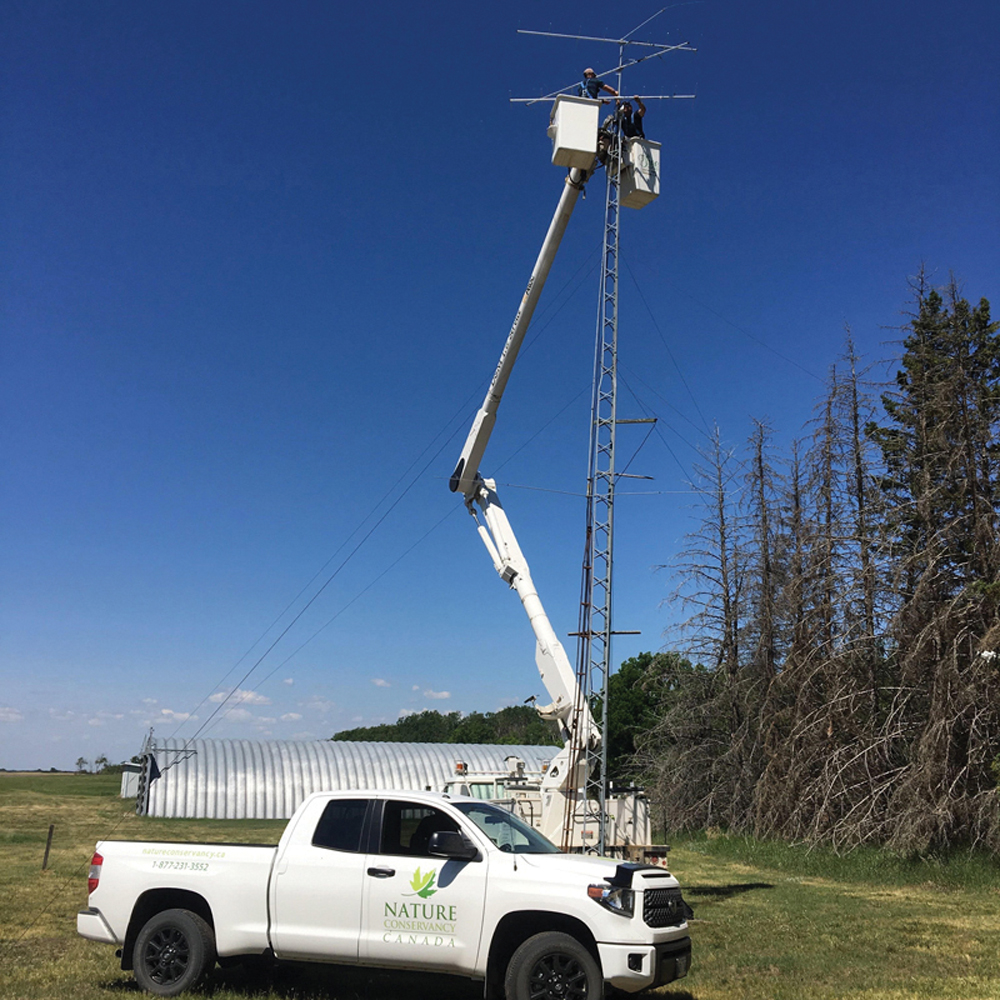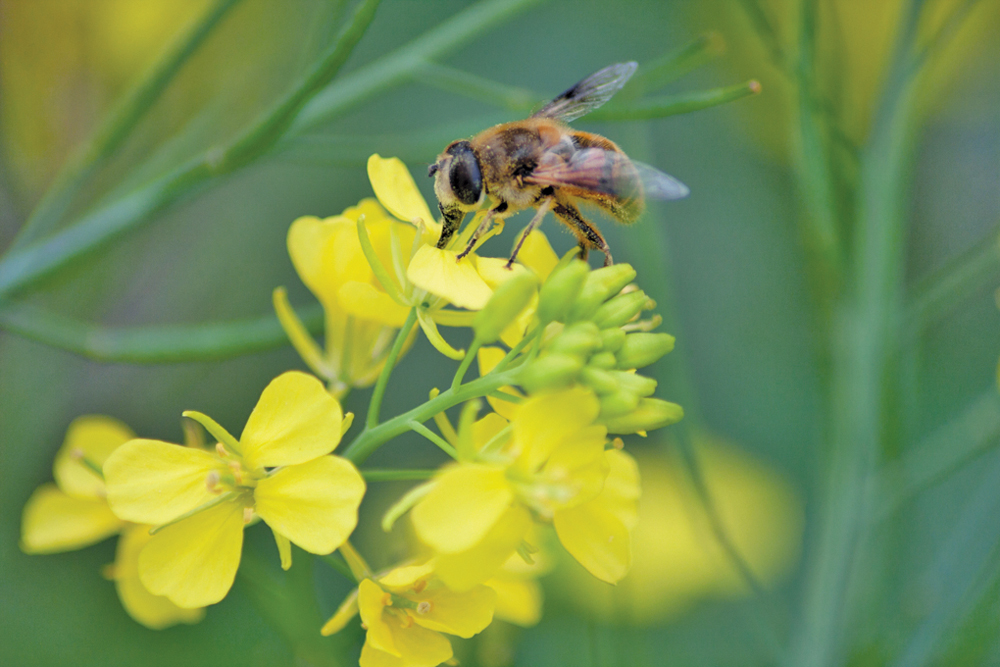account_id=”2206156280001″ player_id=”ryGLIkmv”]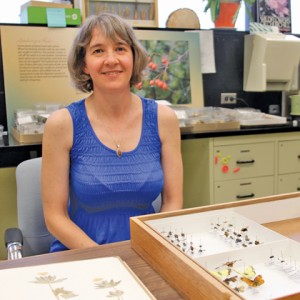 Diana Bizecki Robson is the Manitoba Museum’s curator of botany who created the Prairie pollination exhibit to help enhance public appreciation of all types of wild pollinators, and motivate people to make positive changes to save them.[/caption]
Diana Bizecki Robson is the Manitoba Museum’s curator of botany who created the Prairie pollination exhibit to help enhance public appreciation of all types of wild pollinators, and motivate people to make positive changes to save them.[/caption]
Bizecki Robson has spent a decade researching Prairie pollinators and their habitats, helping make new discoveries about interrelatedness between wild pollinators and the plants of Prairie ecosystems. What often strikes her is how little the public knows about the role of pollinators.
There’s been heightened awareness about domestic bees, and butterflies, of course, but not about the role of wild pollinators in food crop production.
Bees in general are among the most important pollinators on the Prairies, but flies, especially flower flies, are the next most important.
“A lot of people don’t realize that flies are actually pollinators — potentially some of them appear to be pretty good pollinators of crop plants,” says Bizecki Robson.
Read Also
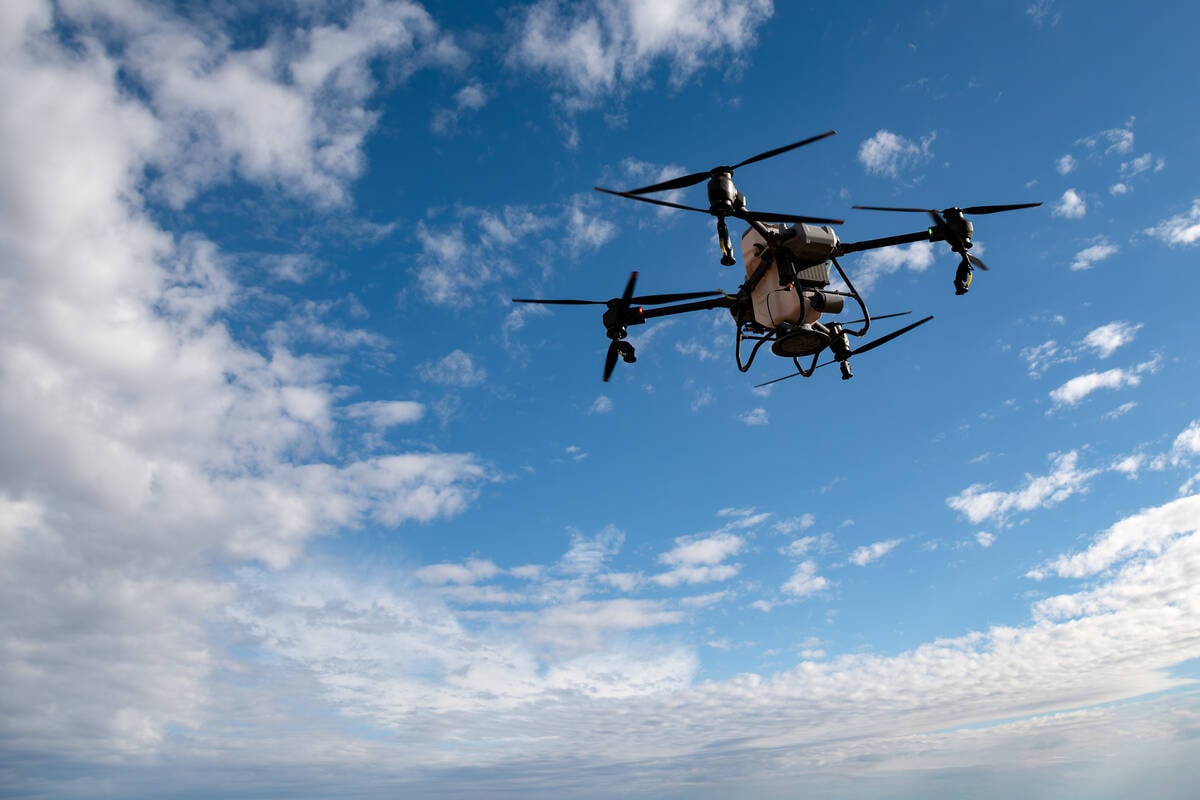
Canada dragging feet on drone regulations
Canada has spent five years developing regulation and labels for drone spraying, farmers and chemical manufacturers want a clearer pathway.
“We know, for example, that bee flies visit canola but which species of bee flies and how abundant they are and how important they might be… nobody has really looked at it yet.”
Wasps, beetles, moths and ants are other examples of wild pollinators.
Theirs is a fascinating story too, but one usually told only in technical papers and obscure journals only scientists read, adds Bizecki.
Their virtual exhibit is a way to make public many of the collections at the museum that aren’t on display in the galleries.
“This is a way of taking complicated scientific research that I’d been compiling and putting it into a format that’s attractive to look at and easy for people to understand,” she said.
Criddle collection featured
The online exhibit includes galleries featuring both endangered and common Prairie plants, and their insect and bird pollinators. There are virtual tours of wild Prairie landscapes where pollination experts talk about the science, plus a free PlantSpotting app available for Android and Apple devices for posting one’s own photos of wild plants and pollinators.
The site also offers a rare glimpse of the vivid watercolour paintings from the Norman Criddle collection, which is housed at the Manitoba Museum. Criddle was one of Canada’s earliest naturalists and this province’s first entomologist who created detailed illustrations while growing up in southwestern Manitoba.
There are several games, activities and lesson plans for teachers to help students learn about the life cycles and habitats of plants and pollinators, and evaluate human impacts on them.
The timing couldn’t be better, given the digital world is where most now go to learn new things, and there is growing interest and concern for pollinators.
The site also shows what can be done to mitigate the losses of pollinators. There are ideas for homeowners and gardeners about how to improve their habitat in their own backyards. Many popular garden flowers are not a good fit for wild pollinators, says Bizecki Robson.
“I really encourage people to plant some wild plants,” she said adding that she’s been amazed at the diversity of pollinators in her own backyard when she did so. “I had a sort of ‘if you build it, they will come’ epiphany,” she adds.
Likewise, farmers and public land managers can do their own part to ensure tracts of land are kept intact as nesting habitat and native plant forage for wild pollinators.
“The key component in having a diverse, abundant pollinator population is having a landscape that’s highly diverse, where there’s little patches of prairie, and semi-natural habitat, and bluffs that can really increase the pollinator population,” she says.
The key message she hopes their website conveys is that pollinators need our help, but humans need their help even more.
“Two-thirds of our crop species worldwide depend on wild pollinators to some degree. Those pollinators need more than just crop plants to survive, they need wild plants too.”
The exhibit was developed in partnership with the Virtual Museum of Canada (VMC) Investment Program; the Heritage Grants Program, Manitoba Culture, Heritage and Tourism Department, Government of Manitoba; and The Manitoba Museum Foundation Inc.


